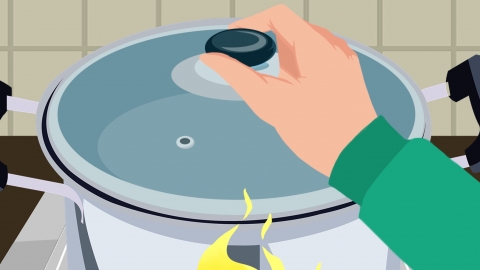Can brain-eating amoebas be killed by boiling water?
The term "brain-eating amoeba" typically refers to Naegleria fowleri. Under normal circumstances, whether amoebas can be killed by boiling water depends on the contact temperature, duration, and the amoeba's state. Immersion in boiling water at 100°C for a sustained period can effectively kill them. However, insufficient temperature or brief exposure may fail to eliminate the amoebas completely. Detailed explanation is as follows:

When amoebas are exposed to boiling water at 100°C for several minutes, the high temperature destroys the structure of proteins and nucleic acids within the amoeba cells, rendering them inactive. Whether in the trophozoite or cyst form, as long as sufficient temperature and exposure time are achieved, they can be effectively killed. For example, boiling contaminated food or water sources for more than 5 minutes can ensure complete inactivation of the amoebas.
If the water temperature is below 100°C or the contact time with the amoebas is too short, such as briefly rinsing contaminated objects with hot water, the amoebas may not be fully eradicated. Particularly in the cyst form, amoebas possess a robust structure with strong resistance to adverse environmental conditions. Low temperatures or brief exposure to hot water may fail to penetrate their protective layers, resulting in ineffective elimination.
When handling food or water sources potentially contaminated by amoebas, ensure boiling for no less than 5 minutes. For items that cannot be treated with high temperatures, choose alternative appropriate disinfection methods. After contact with a potentially contaminated environment, promptly clean hands and objects to reduce the risk of infection.





